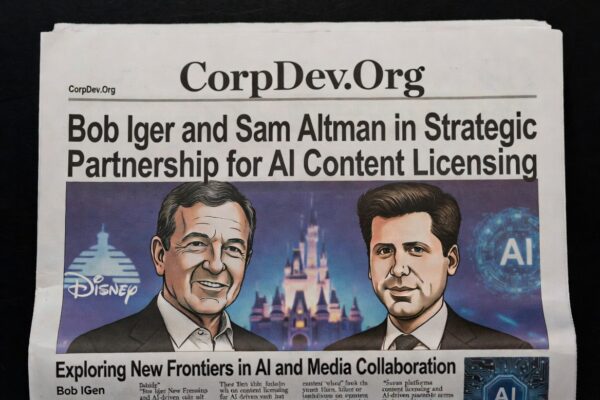Deal Rationale: Untangling Japan Inc.’s Web of Cross-Shareholdings
Toyota Motor’s landmark ¥4.7 trillion ($33B) bid to take Toyota Industries private marks the most aggressive move yet in Japan’s corporate governance reform era. The transaction dismantles a 70-year cross-shareholding structure while strategically repositioning both entities for the electric/autonomous vehicle race.
💼 Seasoned CorpDev / M&A / PE expertise
Key Financial Mechanics
- Tender Offer: ¥16,300/share (11% discount to pre-announcement price)
- Total Consideration: $26B cash + $7B in asset swaps
- Funding Mix: Toyota Motor (¥700B preferred shares), Toyota Fudosan (¥180B), Akio Toyoda (¥1B personal stake)
Cross-Shareholding Reduction Impact
Pre-Deal vs Post-Deal Ownership Structure (Simplified):
| Entity | Pre-Deal Toyota Industries Stake | Post-Deal Stake |
|---|---|---|
| Toyota Motor | 24% | 100% |
| Toyota Industries | 9% of Toyota Motor | 0% |
Strategic Drivers: Beyond Corporate Governance
While aligning with Prime Minister Fumio Kishida’s “New Capitalism” governance mandates, the deal serves three core strategic purposes:
1. Mobility Ecosystem Focus
Toyota Motor accelerates its transition from automaker to integrated mobility provider. Post-deal, Toyota Industries will concentrate on logistics infrastructure – a critical component for autonomous delivery networks and EV battery supply chains.
2. Capital Allocation Efficiency
As noted in Bain & Company’s 2025 Japan Corporate Reform Report, unwinding cross-shareholdings typically frees 15-20% of trapped capital. For Toyota, this could unlock ¥900B for R&D in solid-state batteries and AI-driven mobility platforms.
3. Family Control Reinforcement
The Toyoda family’s voting power increases from 6% to an estimated 11% through the new holding company structure – a delicate balance between governance reforms and dynastic continuity.
Market Reactions & Analyst Insights
Despite the tender price discount, Goldman Sachs sees long-term value: “This simplifies equity stories for both entities. We estimate 18% upside potential in Toyota Motor’s EV/EBITDA multiple post-spinoff.”
Historical Context: From Looms to Mobility
- 1926: Founded as Toyoda Automatic Loom Works
- 1933: Automotive division launched
- 1950: Toyota Motor spun off
- 2025: Full-circle consolidation
Regulatory Implications: A Template for Japan Inc.?
Kirkland & Ellis M&A partners note this deal could trigger similar moves across Japan’s 1,300+ cross-shareholding networks. The ¥16T Mitsubishi Group and ¥9.8T Sumitomo Group are reportedly evaluating comparable restructurings.
Long-Term Industry Impact
As Toyota streamlines operations, competitors face pressure to match its capital efficiency. Morgan Stanley auto analysts warn: “Legacy OEMs without similar restructuring plans risk 20-30% valuation discounts by 2027.”
Key SEO Terms Contextually Integrated:
- Japan corporate governance cross-shareholdings reform
- Automotive industry vertical integration strategies 2025
- Family-owned conglomerate restructuring case studies
- Mobility-as-a-Service (MaaS) ecosystem investments
Sources





